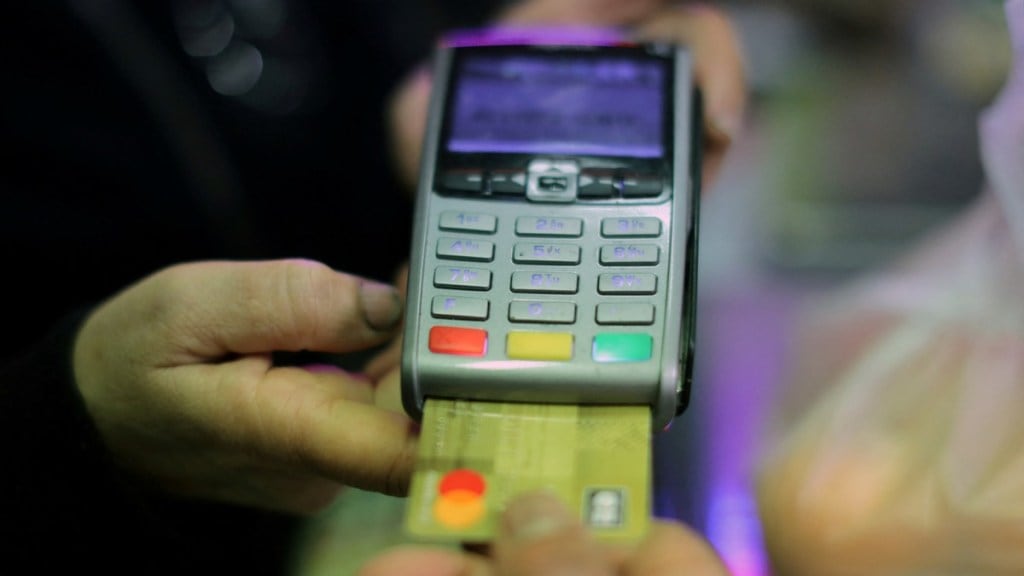By Manish Mimani
In an era dominated by digital transactions and online interactions, the financial landscape has undergone a profound transformation. During the first half of the fiscal year 2024, a Reserve Bank of India (RBI) report indicates a significant surge in fraud cases within the banking sector. The report reveals a total of 14,483 cases, with the amount involved reaching Rs 2,642 crore. The convenience of mobile Banking and Digital financials has become an integral part of our daily life. On the other hand, the need for robust security measures has never been more critical towards increasing identity frauds and social engineering attacks.
To mitigate such identity threats, the National Payments Corporation of India (NPCI) has recently introduced a new guideline for PSPs (payment service providers) for Device and SIM Binding in UPI apps.
The increasing sophistication of cyber threats and frauds poses risks to user information and financial data. Device and SIM binding emerges as a robust solution to fortify identity threats. Binding the user’s device and SIM card enhances authentication protocols, mitigating the risks of unauthorized access and fraudulent activities. It acts as a robust defence against identity theft and cyber threats, ensuring that each online transaction is shielded by an extra layer of security.
Navigating the Shift of Digital Identity landscape
The digital transition presents both opportunities and challenges, demanding a robust approach to ensure security, privacy, and seamless user experiences. Protecting users’ digital journeys on mobile applications requires a multifaceted strategy, encompassing financial, legal, and regulatory obligations. A comprehensive solution is vital to ensure secure banking experiences, protecting against threats such as SMS spoofing, SIM swapping, and credential theft. While traditional security can help to prevent some types of threats, the usage of device and sim binding can help to tighten security measures even further.
Also read: Don’t let scammers fool you: How to spot and stop scammers
To enhance Mobile App Security, The Reserve Bank of India has implemented Digital Payment Security Controls, for regulated entities such as Scheduled Commercial Banks (excluding Regional Rural Banks, Small Finance Banks, Payments Banks, and credit card issuing NBFCs). This mandates a strong governance structure to ensure the implementation of minimum-security standards, including Device Binding for Mobile Applications, in the fight against digital threats and fraud.
Why Device and SIM Binding is needed for Mobile Apps
The new-age banking services are offered to the customer digitally by authenticating the mobile number registered with the bank over and above the login credential. Breach of this mobile number authentication will lead to account-take-over. Hence it is critical to restrict access of users’ financial mobile applications to registered users exclusively with zero trust device and SIM binding to prevent fraud and data theft.
Device and SIM Binding establishes a secure and encrypted link between the mobile device and SIM card which creates a Unique digital identity for individual Mobile App User which is built using a complex algorithm, providing an extra layer of security to restrict unauthorised access to user identity and making it robust enough authentication to spoof.
After generating the Unique token for digital identity, it is important to validate on each launch of mobile app. To ensure the continual authentication of the user’s identity with minimal inputs, contributing to an enhanced, secure, and seamless user experience.
Advantages of Device and SIM Binding for Mobile Apps
Zero Trust Architecture: The zero-trust framework, with advanced device binding and validation at every stage of Mobile App Authentication, ensures the detection of any aberration in user behaviour. This strategy ensures step up authentication and verification, granting access solely based on unique digital identities.
Continuous Authentication: Administrators can use device binding to perform continuous authentication against risk-based identity management in businesses like as finance and banking, delivering regular streams of consumer behaviour.
Fraud Reduction: Binding, in conjunction with additional safeguards such as identity verification, can decrease fraud by needing a physical device for authentication.
Digital onboarding: Any business that has the mobile numbers of existing users can gain access to the digital platform by authenticating the presence of the same mobile number to prove the identity of the mobile number.
Simplified Adaptation to Advanced Security: Orchestrates all authentication touch points seamlessly and delivers simplified user experience while securing to sensitive digital identity.
(The author is founder and CEO, Protectt.ai. Views expressed are the author’s own and not necessarily those of financialexpress.com.)

